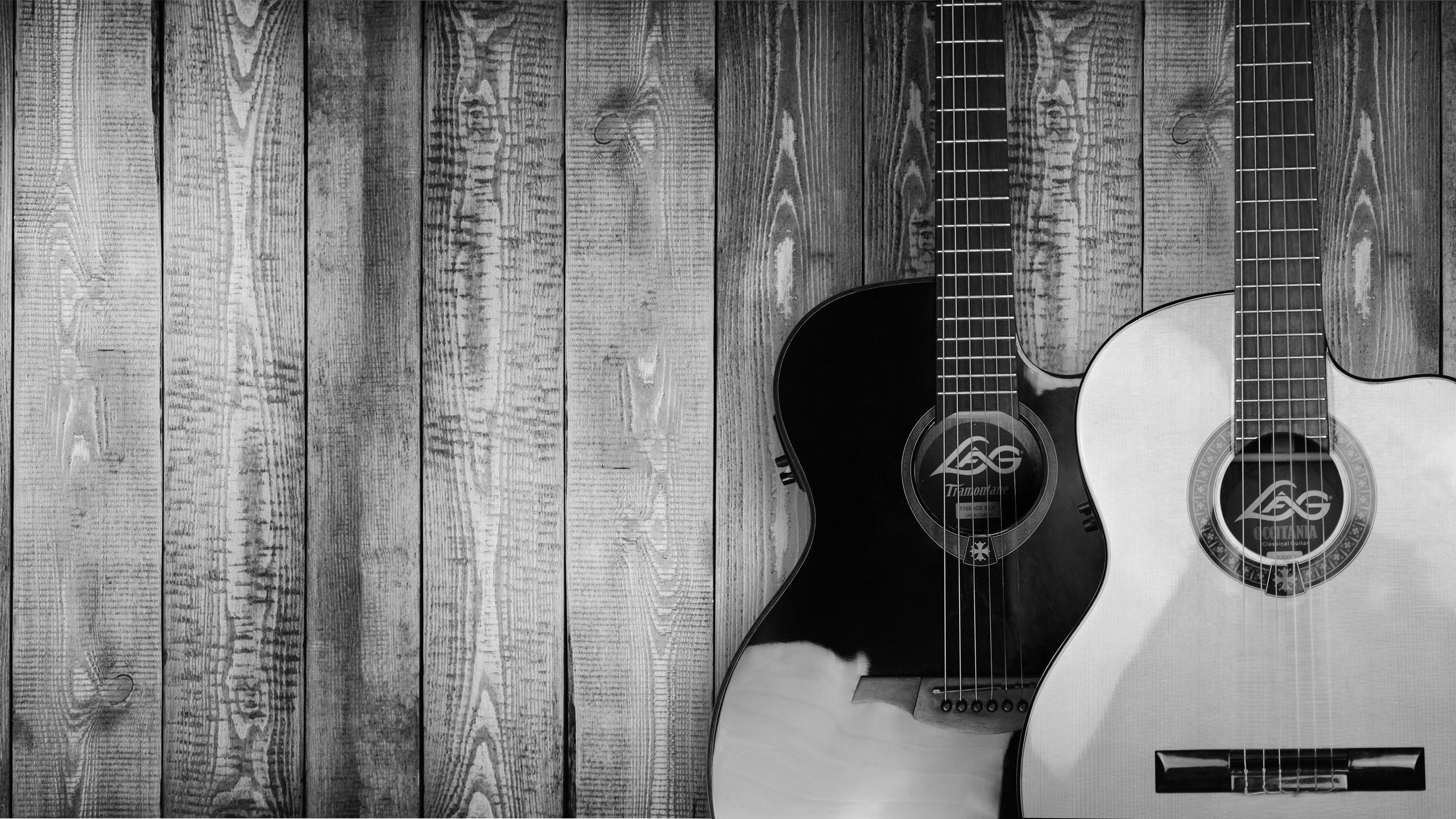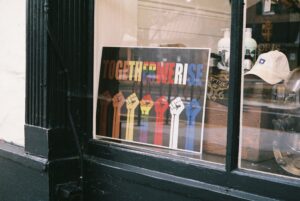Cowboy boots, trucks, beer, and acoustic guitars paint a picture of the musical culture in rural America. Country music is a genre with a rich history in the United States. It officially began in the early 1920s in the Appalachian, southern, and southwestern regions of the country and pulled a lot of inspiration from the European settlers there.
The sounds found in each region were greatly affected by ancestral traditions. Alpine countries originated the yodel while German settlers brought the waltz. The French introduced cotillion, which grew into square dancing. African Americans brought the blues, and Mexican vaqueros influenced the Southwest. The Scottish and Irish brought the fiddle to the Appalachian mountains. There was a variety of common themes that arose from such diverse backgrounds. They included love, religion, family values, hard times, pride in one’s origins, and even murder. All of these are still prevalent in the genre today.
Going back in time
Ballads and folk songs is where it started, but it wasn’t until the 1920s that country music was broadcasted on the radio. Small stations had developed to play country music specifically and singled out white rural folks as their target audience. Programs like the Grand Ole Opry were wildly popular among this audience and they played ballads and dance music featuring guitars, fiddles, and banjos. Along with the occasional guest appearance from a harmonica, mandolin, or dulcimer. Up until 1974, drums were banned by the Grand Ole Opry. Before then, some artists were able to sneak them into their performances, but it was rare.
The subgenres bluegrass and honky tonk developed in the following decades. Bluegrass was especially prevalent in the Appalachian mountains and featured the banjo more heavily. It was often played at a faster tempo than the country music of previous years and added the extra sound that came with plucking banjo strings rather than strumming them. Honky tonk, on the other hand, usually had a slower tempo and incorporated elements of swing music.
The 1950s ushered in a new era of infighting among country music artists and fans when Elvis Presley stepped into the picture. He sang country tunes with the addition of rock and roll rhythms and instruments. The subgenre rockabilly, stemmed from a marriage of the two genres, but many country music connoisseurs stood against it.
The country music association
The Country Music Association (CMA) was formed in order to enforce the boundaries of the genre. They endorsed the new style of country music called the Nashville Sound. The subgenre was largely still strings-based but was made with a more commercial purpose in mind. The themes turned toward positive ideas and events compared to the honky tonk of the 1940s, in order to appeal to a wider audience. The genre was rebranded as country and western music instead of hillbilly music, which was the term in use.
The mid-50s was also when Johnny Cash began the rise to prominence in the country music industry. His sound was different from the Nashville style of the time. He experimented with more rock and roll rhythms with the help of Elvis’ producer. He also brought back the murder ballads of country music’s roots. Cash’s music fit in nicely with the Bakersfield sound of the 1960s and the outlaw country of the 1970s. They were both influenced by rock music, the honky tonk era, and intense themes of alcohol, violence, and prison life.
A homogenous sound
By the end of the 20th-century, country music traditionalists were growing more upset by the influence of pop music on the genre. In 1974, pop artist Olivia Newton-John took home the CMA award for Female Vocalist of the Year. This left many loyal country fans angry. But not as angry as they were the following year, when folk artist John Denver won Entertainer of the Year. After announcing his win, Charlie Rich lit the paper he read on fire to show his, and many others’ disapproval of Denver’s success in the genre.
John Denver was a folk musician, and folk music was closely associated with the progressive youth and anti-war protests. These are sentiments that many country music fans from conservative, rural backgrounds disagreed with. Yet, John Denver’s Country Roads was still a huge success among country fans. It calls back to country music’s folk roots and hallmark themes of appreciating one’s home and feeling at peace in the country.
The phrase “country and western” lumps the large geographic area of rural America together, despite the variation across different regions with their own influences from the immigrants that settled in those regions. Still, during the first few decades of country music’s existence, rural regions of the United States experienced life in ways that were very different from life in urban areas. The country and western genre was meant to set its listeners apart from those who lived in cities and listened to the popular music of the time.
Over time, country music had developed a more homogeneous sound with themes rooted in values different from those of the settlers that they came from. Fans of the genre put together a community of people who shared similar backgrounds, rural lifestyles, traditional values, and patriotism. This community has not stayed as in tune with one another as they were in the genre’s early days. With certain artists and fans branching out into other genres and less family-friendly themes like honky tonk and outlaw country, others resisted the change and continue to this day.
Gatekeeping and political affiliations
While country music is often thought of as conservative, there is a long history of progressive artists and themes. Lyrics about prison reform, women taking revenge on abusive men, and difficult times and the society that is to blame for them, have been hallmarks of the industry. Songs with these elements have been extremely successful and culturally significant. Johnny Cash’s San Quentin, and Goodbye Earl from The Chicks are just a few examples. Newer additions to the industry, like Kacy Musgraves’ Follow Your Arrow, show a strong pro-LGBTQ+ message.
Although country music takes elements from various cultures, many of the genre’s listeners display a considerable amount of gatekeeping. The upset over Olivia Newton-John’s and John Denver’s wins at the CMAs is just one example of this. Despite how common it is for musical artists to experiment with multiple genres, many country music fans didn’t like artists who specialized in other genres dipping their toes into country music. Traditionalists’ opposition to including elements of rock, pop, and eventually hip-hop is frequently discussed among listeners and artists.
It’s not only other music genres that country music is gatekept from, but also certain minority groups as well. Female musicians and songwriters are far less prevalent in the industry. In the year 2000, female artists made up thirty-three percent of the music played on country radio stations and the rate has dropped since. Non-white musicians are even less prominent in the industry. Artists of color make up less than four percent of the music on country radio stations as of 2019. This can be seen in the 1980s trend of African American rap artists incorporating country themes and sounds into their music. Country music as a genre refused to acknowledge any of these songs as a subgenre of country.
The changing face of country music
Country music was founded on shared traditional values and a rural way of life. But, as with any long-standing community, this form of music will naturally endure change. While some country music listeners want to continue with the same values and musical ideas of the past, others desire to experiment with other genres. With such a large divide in the community, only time will tell where country music will go in the future.
Check Out:
Fine, Make Us Your Villain: Is the Modern Streaming Model Killing Good Stories?







Well written as always. Incredible thoughts on the topic! Looking forward to more, Laura.